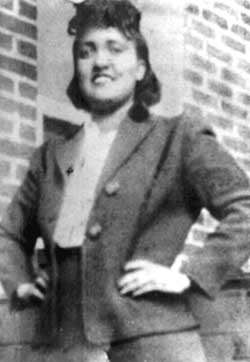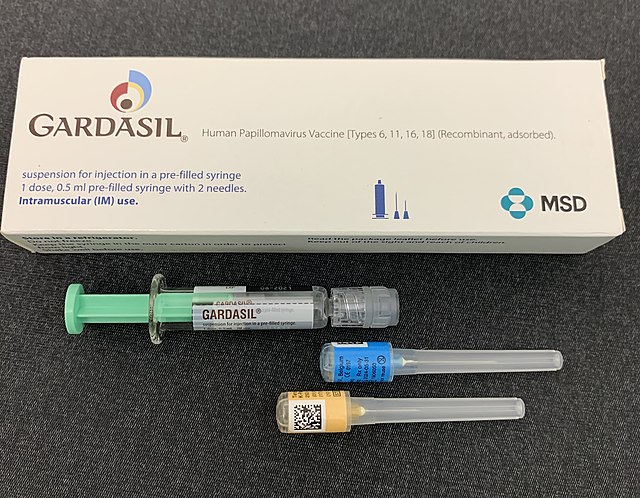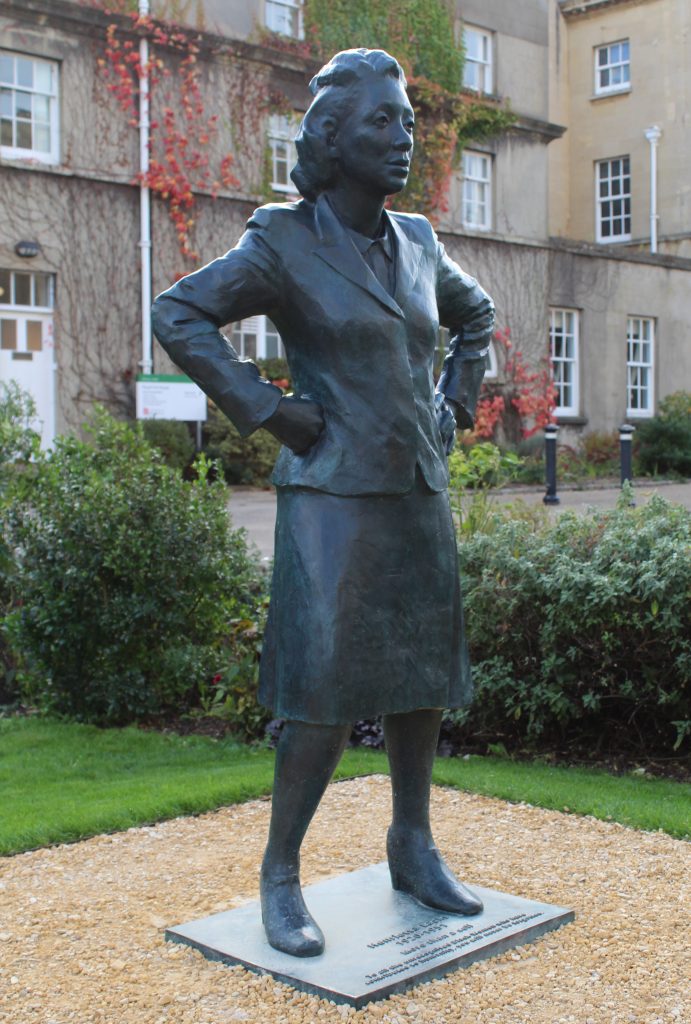Without Henrietta Lacks, we would not have HeLa cells – the first ‘immortal’ human cell line. These cells were ‘immortal’ in the sense that they continued to divide and reproduce in a laboratory which made them hugely useful for scientific research. Important medical advances like IVF and the polio vaccine were made possible because of research using HeLa cells. However, these cells were originally taken from Henrietta, a young Black woman, without her consent when she was being treated for cervical cancer in 1951. This anniversary is an opportunity to recognise Henrietta’s significance as well as to reflect on the importance of informed consent and who benefits from scientific research.

Henrietta was born in 1920 in Roanoke, Virginia. Along with her husband David, she later moved to Maryland looking for more opportunities. The couple had five children. Her family remember Henrietta as someone who liked to dance and cook, who was a devoted mother, and who was at the heart of her community.
In 1951, shortly after the birth of her fifth child, Henrietta was diagnosed with a rare and aggressive form of cervical cancer. She underwent radiation treatment to try to treat her cancer in February 1951 at Johns Hopkins Hospital in Baltimore, Maryland. Johns Hopkins was one of only a few hospitals at the time which would treat African Americans. Both then and now, Black people faced significant medical inequality. As was standard practice at the hospital, a biopsy was taken from Henrietta’s tumour during her treatment and some of these cells were sent to the lab of Dr George Gey, a cancer and virus researcher based at Johns Hopkins. All the cells he had seen before died quickly in the lab. However, he discovered that the cells from Henrietta’s tumour doubled every day or so. As was typical in his lab, the cells were anonymised by giving them the name HeLa from the beginning of Henrietta’s first and last names. Unfortunately, the radiation did not cure Henrietta’s cancer and she died on 4 October 1951. On the day Henrietta died, Johns Hopkins held a press conference to announce the discovery of the ‘immortal’ HeLa cells.
Henrietta was not informed that her cells had been taken and given to researchers, and so she was not given the opportunity to consent to this. Her wider family were not made aware of the origin of HeLa cells and their significance until the 1970s. The family were only informed when researchers approached them asking for blood samples to compare to the HeLa cells. In the 1970s, Henrietta’s connection to the cells was also publicly recognised for the first time.
Even today, HeLa cells are extensively used in research, and they can be found in laboratories around the world. There is a thriving trade in the cells which supports this. While Johns Hopkins originally offered HeLa cells freely and widely for scientific research, vials of the cells are now sold for hundreds of pounds. Therefore, pharmaceutical companies have profited from HeLa cells, while the Lacks family have not seen any benefit from this. HeLa cells are no longer the only immortal cell line. Thousands now exist and these are generated through informed consent as ethics and standards have changed significantly.

Henrietta’s family want her name, her memory and her contribution to science and history to be recognised and celebrated. In October 2021, the World Health Organization held a special ceremony with Henrietta Lacks’ surviving family to mark 70 years since her death. In this ceremony, the World Health Organisation acknowledged that what happened to Henrietta was wrong and that she is one of many Black women “whose bodies have been misused by science”. The ceremony was also “an opportunity to recognize women – particularly women of colour – who have made incredible but often unseen contributions to medical science”. A life-size statue of Henrietta Lacks was also unveiled in Bristol in October 2021 to commemorate her life and her legacy. Commissioned by the University of Bristol and created by artist Helen Wilson-Roe; this was the first public sculpture of a Black woman made by a Black woman in the UK.

Henrietta’s cells were taken and used without her knowledge or consent and the enormous research contribution of the HeLa cells does not make up for this. Her story is just one example of scientific racism and changing medical ethics. As we commemorate her birthday, it is always important to remember that there is a woman who loved to dance and who was devoted to her family at the heart of this story.
Find out more:
https://www.bristol.ac.uk/research/impact/stories/hela-cells/